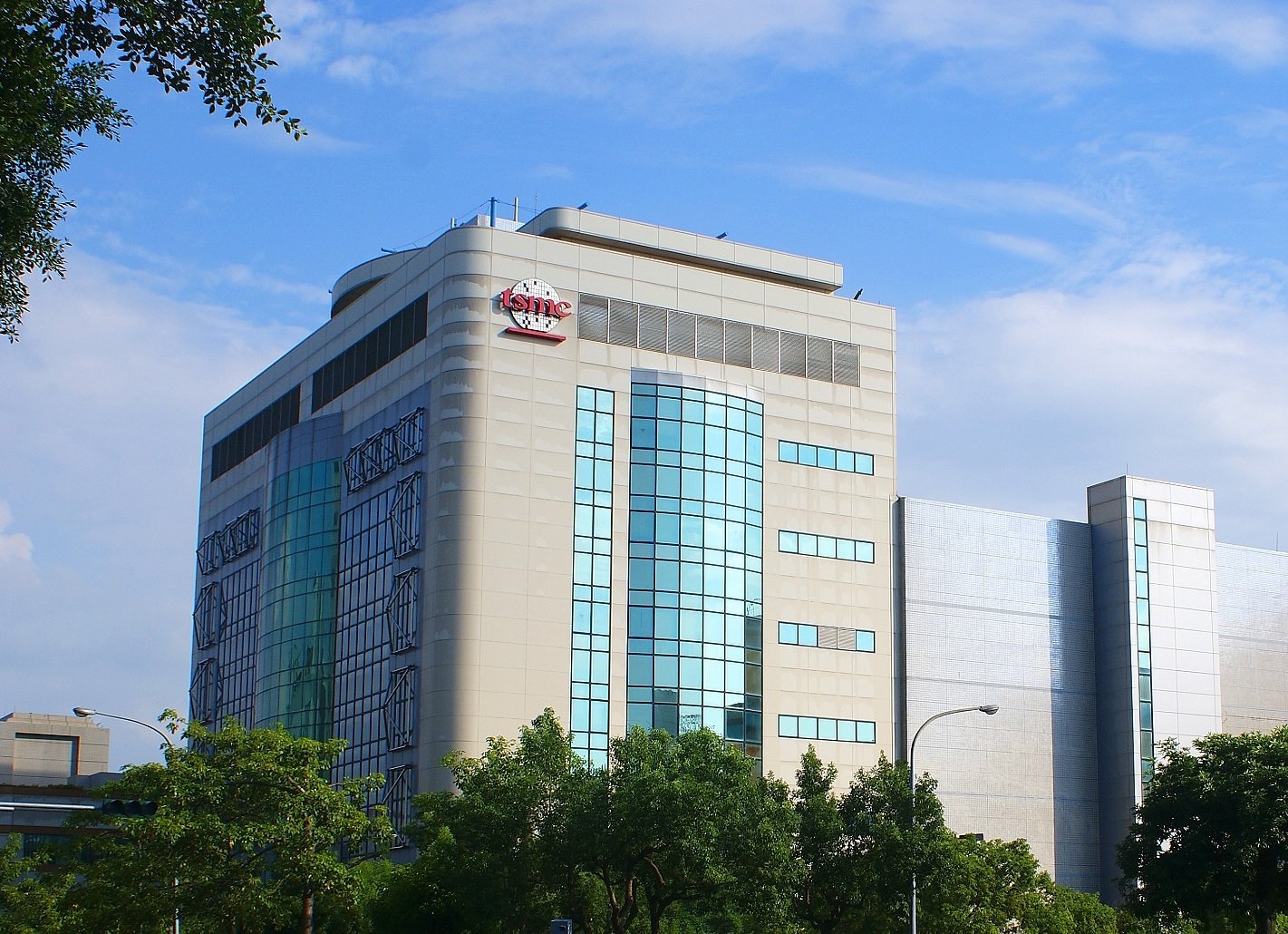TSMC has reportedly formed a small army of 200 researchers, along with Nvidia and Broadcom, to work on integrated silicon photonics. This technology, in development for around ten years, is becoming more and more central to optimizing servers… and enabling them to achieve ever higher data transmission rates over long distances.
The development of cloud, different streaming services, or even artificial intelligence involves data transmissions in ever greater volumes, but also at higher speeds. Optimize the infrastructures allowing this data to be transported within the servers and between the data centers is therefore a crucial issue. Integrated silicon photonics (Silicon Photonics in English) addresses this issue.
This area of study aims to develop the optical modules used by servers to convert electrical data into light signals, and thus allow the data to be broadcast at very high speed by optical fiber. Currently, these modules have the disadvantage of being expensive to produce and difficult to manufacture in large volumes… even though demand is high.
The idea with integrated silicon photonics is therefore to significantly increase production, but also to gain energy efficiency to reduce the electricity consumption of servers. How ? By managing to miniaturize, manufacture, then integrate these optical components on wafers of silicon. These can then be mass produced using advanced engraving processes to gain yield, energy efficiency and performance.
TSMC, Nvidia and Broadcom united to advance servers… and AI
We recently learned that TSMC has teamed up with Nvidia and Broadcom to look even more seriously at this technology. The objective? Outperform competing solutions on which Intel or GlobalFoundries are already working, by taking advantage of the Taiwanese foundry’s most advanced engraving processes. A way for TSMC to position itself even more on AI, which for its part should benefit (greatly) from integrated photonics on silicon to gain performance.
Note also that this is a booming sector following the skyrocketing rise of generative AI… which is very data-intensive. According to some analysts, the global value of silicon photonics could reach $7.86 billion by 2025, with an annual growth rate of more than 25%.
This video from Intel clearly explains the issues surrounding integrated silicon photonics.
According to the Taiwan Economic Daily, TSMC would therefore have constituted a sort of “task force», composed of around 200 researchers, dedicated to the development of more efficient processes for integrated photonics on silicon. This research has already contributed to the creation of the Compact Universal Photon Engine (COUPE), reports the ChinaTimes, via WCCFTech. And as it stands, this technology would have already resulted in a first solution that is sufficiently efficient and energy efficient to give TSMC, and its partners, a head start.
Remember that not long ago, Yu Zhenhua, Vice President of TSMC, spoke about this development… and seemed very optimistic. “If we can provide a good integrated Silicon Photonics system, we can solve the two key problems of energy efficiency and AI computing power“, he indicated “This will be a major novelty, a paradigm shift. We may be at the start of a new era“.
